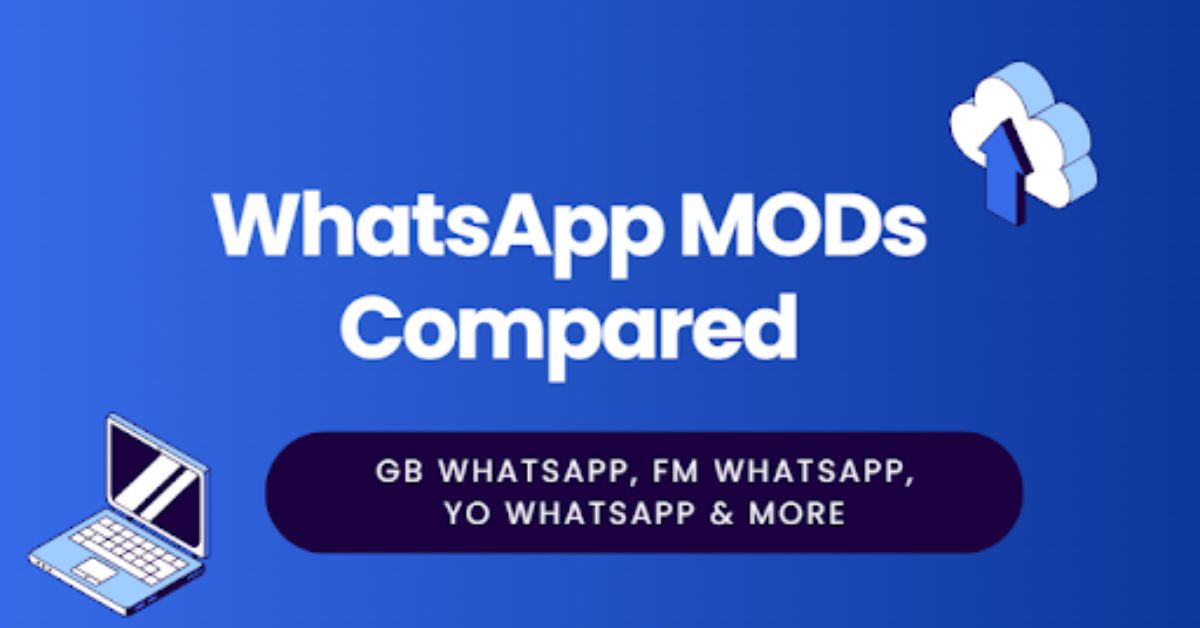As the healthcare industry adapts to the complexities of CMS HCC Hierarchy List V28, top risk adjustment vendors face an evolving challenge: how to scale their solutions while ensuring accurate, consistent, and compliant documentation. With the changes introduced in V28, there is more at stake than just revenue—it’s about ensuring that documentation reflects the true complexity of patient conditions and supporting providers in meeting these new expectations without adding administrative burdens.
Adapting to V28’s New Rules
Version 28 of the HCC coding model brings significant changes—more categories, tightened hierarchies, and revised coefficients. For risk adjustment vendors, this shift demands not only a robust understanding of the new structure but also the ability to support health plans and providers in capturing every required detail, in real-time. The new model makes it clear: incomplete or vague documentation won’t suffice. Every diagnosis must be fully detailed, from stage to acuity, and supported by clear clinical evidence.
Supporting V28 documentation at scale requires risk adjustment vendors to refine their tools to ensure that health plans and providers can easily adapt to the new rules without disrupting their workflows. This is where a deep, technology-driven solution comes in, one that can provide proactive prompts, flag missing details, and give real-time feedback to ensure every encounter is thoroughly documented.
The Core of the Playbook: Real-Time, Clinically-Integrated Solutions
To truly support providers in this new environment, top risk adjustment vendors must offer tools that seamlessly integrate into clinical workflows, without adding unnecessary steps. The key is real-time coding prompts that guide clinicians through the documentation process, ensuring that no critical data point is overlooked. This should include prompts for missing stages, modifiers, and co-morbidities that are essential for V28 compliance.
These solutions must also be adaptable to each specialty’s unique needs. For instance, cardiology, oncology, and nephrology each have different nuances that must be captured in documentation. By tailoring the prompts and support to each specialty, risk adjustment vendors can help ensure that providers are capturing the correct details every time.
Training and Education: Building Provider Confidence
For a tool to be effective, providers must understand why the changes matter. Education and training are critical in ensuring that clinicians know not only how to document correctly but also why detailed documentation matters for both patient care and compliance. Risk adjustment vendors should provide training that ties directly into the impact of V28 on reimbursement and quality metrics. When providers see how accurate documentation can improve care coordination and financial stability, they are more likely to embrace the changes.
Simplifying the Experience for Providers
Providers are already stretched thin, and adding complex documentation requirements can lead to frustration. The solution lies in making the process as simple and intuitive as possible. Risk adjustment vendors should focus on eliminating friction points by integrating their tools directly into existing EHR systems and offering simple, contextual prompts. The goal should be to make compliance feel like a natural part of the workflow—something that enhances patient care without adding unnecessary burden.
For example, a cardiologist shouldn’t have to sift through long lists of codes or manually check for missing modifiers. Instead, a well-integrated system should automatically flag the missing elements and provide clear guidance on what to add, in real-time.
Scaling for Success
To truly scale V28 documentation support, risk adjustment vendors must focus on two key areas: automation and data intelligence. Using machine learning and AI, these tools can learn from past encounters and anticipate which documentation gaps are likely to occur, proactively addressing them before they become an issue. The ability to continuously refine and adapt based on the specific needs of the healthcare providers and the ever-evolving CMS HCC Hierarchy List V28 is essential for maintaining both efficiency and accuracy at scale.
Additionally, vendors must ensure that their solutions are compliant with the latest regulatory requirements while remaining flexible enough to adjust as new updates roll out. As the industry continues to evolve, risk adjustment vendors must be agile, adapting their technology and support systems to meet the dynamic needs of healthcare providers and plans.
Conclusion
Supporting V28 documentation at scale requires top risk adjustment vendors to be more than just coders and compliance experts—they must become trusted partners in the healthcare ecosystem. By offering real-time, clinically integrated solutions, providing ongoing training, and using data-driven intelligence to improve accuracy, vendors can help providers capture the full picture of patient care. As the healthcare industry continues to evolve with CMS HCC Hierarchy List V28, the role of risk adjustment vendors in driving accurate, efficient, and compliant documentation will be more critical than ever.











